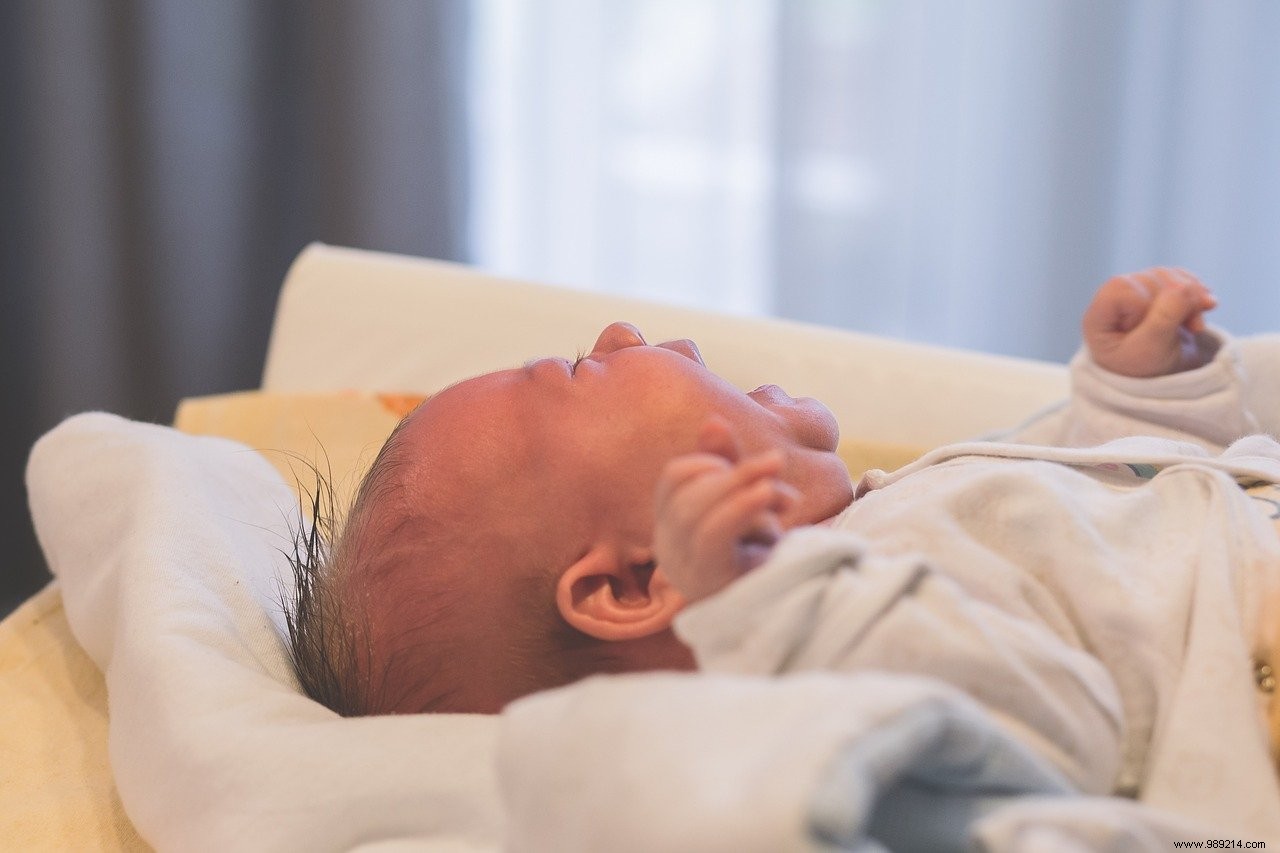Often by the second trimester, children are already kicking or experiencing hiccups. But can they cry? Research suggests that babies start training for this important stage of birth.
In recent years, ultrasound technologies have made it possible to probe the inside of the uterus to observe developing fetuses. As part of a 2005 experiment published in the journal Archives of Disease in Childhood – Fetal and Neonatal Editio, a team was interested in this possible crying by causing a vibration and sound stimulation inside the wombs of more than a thousand pregnant women.
In about ten fetuses (about 6% of the sample), the researchers then highlighted several facial expressions suggesting crying (jaw open, chin tucked in, chest lifted and head tilted back). Did these babies, observed around the 33rd week, cry for all that? It all depends on how you define crying.
"If you use the definition of a loud, inarticulate scream or cry expressing a powerful feeling or emotion, then you can say with certainty that the babies don't cry in the womb “, underlines to LiveScience Nadja Reissland, developmental psychologist at the University of Durham (United Kingdom). Indeed, bathed in their amniotic sac, fetuses cannot fill their lungs with air to make it vibrate through their vocal cords . For this, you will have to wait for the "exit slip".

These observations made in 2005 (and others published in 2011 by Dr. Reissland) suggest that these expressions may be more precursors to the crying used as the sole means of communication in outside the womb. These preliminary facial movements develop around 24 to 35 weeks and become more and more complex and marked as the coming into the world approaches.
So a baby doesn't actually cry in the womb, but he trains there . Furthermore, according to Nadja Reissland, these preliminary movements are too subtle to be felt by the mother. And even if these children succeeded in producing a sound wave in the amniotic fluid, it would probably not be powerful enough to reach and vibrate the flesh of the mother.
Furthermore, we also don't know if these preliminary "crying motions" are actually related to a feeling of fetal discomfort. During the work of Dr. Reissland in 2011, some indeed proposed this type of expression without any stimulation induced by the researchers. It is also possible that these facial movements in utero are necessary to prepare the muscles of the unborn child . And for good reason, these expressions indeed play an important role in the postnatal bonds and communication between the parent and the child.